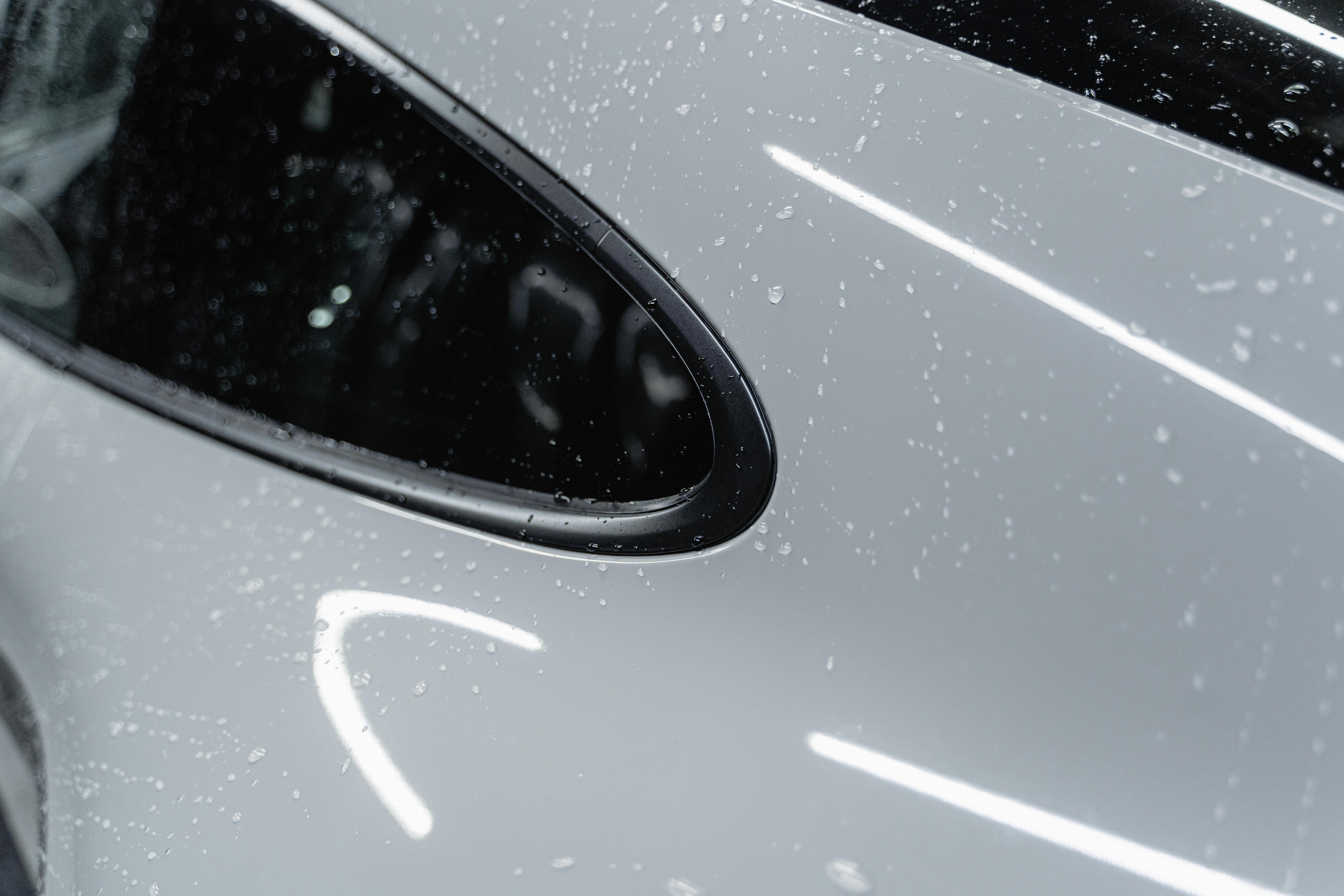In 1977, GM introduced another version of the four-rotor car and named it Aerovette. The Aerovette had the same lines as the original design and this time GM did its best to make the prototype.
That’s because, for all intensive purposes, GM intended to produce the Aerovette beginning in 1980. However, due to a host of complications, the idea never made it past the prototype stage.
The Areovette had a rectangular shape to cut through the air with little wind resistance, as the name “aero” suggests. The Aerovette had beautiful details both inside and out and the interior was completely designed, which was further proof that the car was destined for production.
The doors of the Areovette opened and opened and had the same “Gullwing” design as the famous Mercedes 300SL Coupé. But the Aerovette doors were actually more articulated compared to the Mercedes design and that allowed for more function in tighter parking spots, which was a major design drawback in the past.
If the Aerovette had reached the public, it would have had a steel frame that gave it greater durability. The suspension had to come off the actual Shark Corvette, as Zora Duntov suggested this would be an extreme cost-saving measure. The mid-engined Vette was likely to feature GM’s famous engine and upgrade to 350 V-8s and the transmissions would also be the same as the conventional Vette.
In fact, despite everything that went into the Aerovette, the new Vette styling would have been almost in line with what the regular Corvette was looking for. GM estimated that the Aerovette would have sold in 1980 for around $ 15,000 to $ 18,000 and this was very close to the regular Corvette, although the gull-wing doors would have increased the cost significantly.
Unfortunately, however, the Chevrolet Aerovette Concept Car was not meant to be and was destroyed by its greatest supporters leaving GM. Both Duntov and Mitchell had already retired and that left the final call to go to other lead dogs at GM, one of whom was Dave McLellan. However, McLellan liked the Corvette’s front-engine design much more than the Aerovette’s mid-engine design, and that factor was one of the factors that kept the concept car a concept.
Perhaps, although the biggest factor that helped make that fateful decision was money. At the time, many imports, such as Fiat and Porsche, had mid-engine models and neither of them were doing well in the United States market. Meanwhile, Datsun had been selling its 240Z front-engined cars in the US at a rapid pace, which GM’s top brass took immediate notice of. When the time came, McLellan and the other GM hot shots deemed the mid-engined Areovette too big of a risk and thus would only secure its place in Corvette history as the high-performance prototype car that could. have been but never was.



